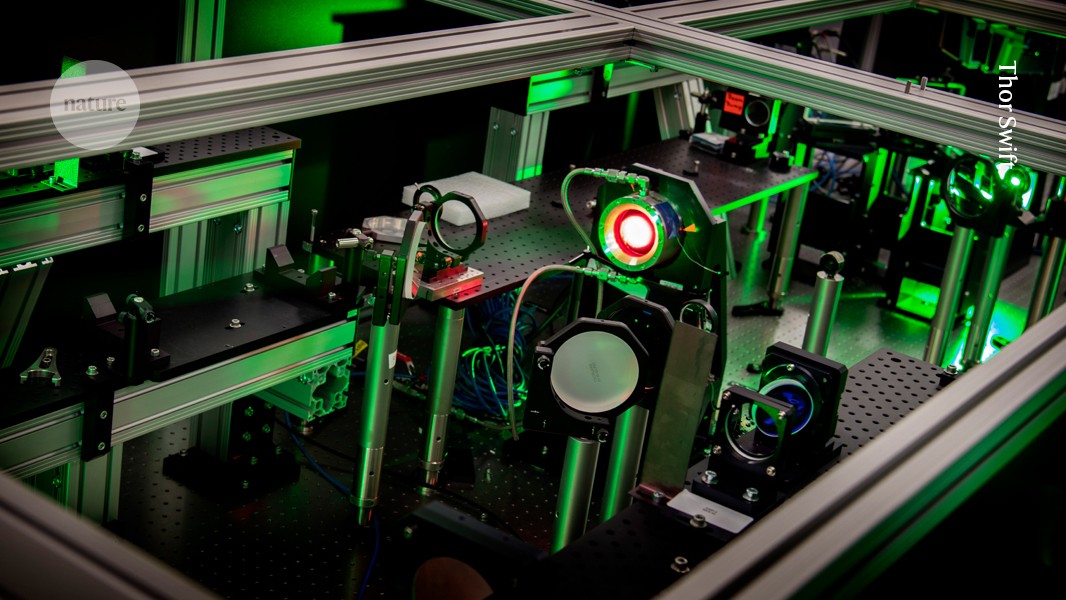
"Physicists have worked out how to make beams of muons without using a huge particle accelerator. Muons are subatomic particles that form when cosmic rays collide with particles in the Earth's upper atmosphere. Scientists can use them to image hard-to-reach places: such 'muography' has uncovered a hidden chamber in the Great Pyramid of Giza in Egypt, and can be used to peer inside magma chambers of volcanoes."
"Physicists have worked out how to make beams of muons without using a huge particle accelerator. Muons are subatomic particles that form when cosmic rays collide with particles in the Earth's upper atmosphere. Scientists can use them to image hard-to-reach places: such 'muography' has uncovered a hidden chamber in the Great Pyramid of Giza in Egypt, and can be used to peer inside magma chambers of volcanoes. Access options Additional access options: doi: https://doi.org/10.1038/d41586-025-03245-8 Subjects"
Physicists have demonstrated how to generate muon beams without large particle accelerators. Muons are subatomic particles produced when cosmic rays collide with particles in the Earth's upper atmosphere. Muon beams enable muography, an imaging technique for hard-to-reach places. Muography has revealed a hidden chamber in the Great Pyramid of Giza and can probe magma chambers inside volcanoes. Smaller muon-beam sources could expand the use of muography for archaeology, geophysics, and industrial inspection where traditional accelerators are impractical.
Read at Nature
Unable to calculate read time
Collection
[
|
...
]